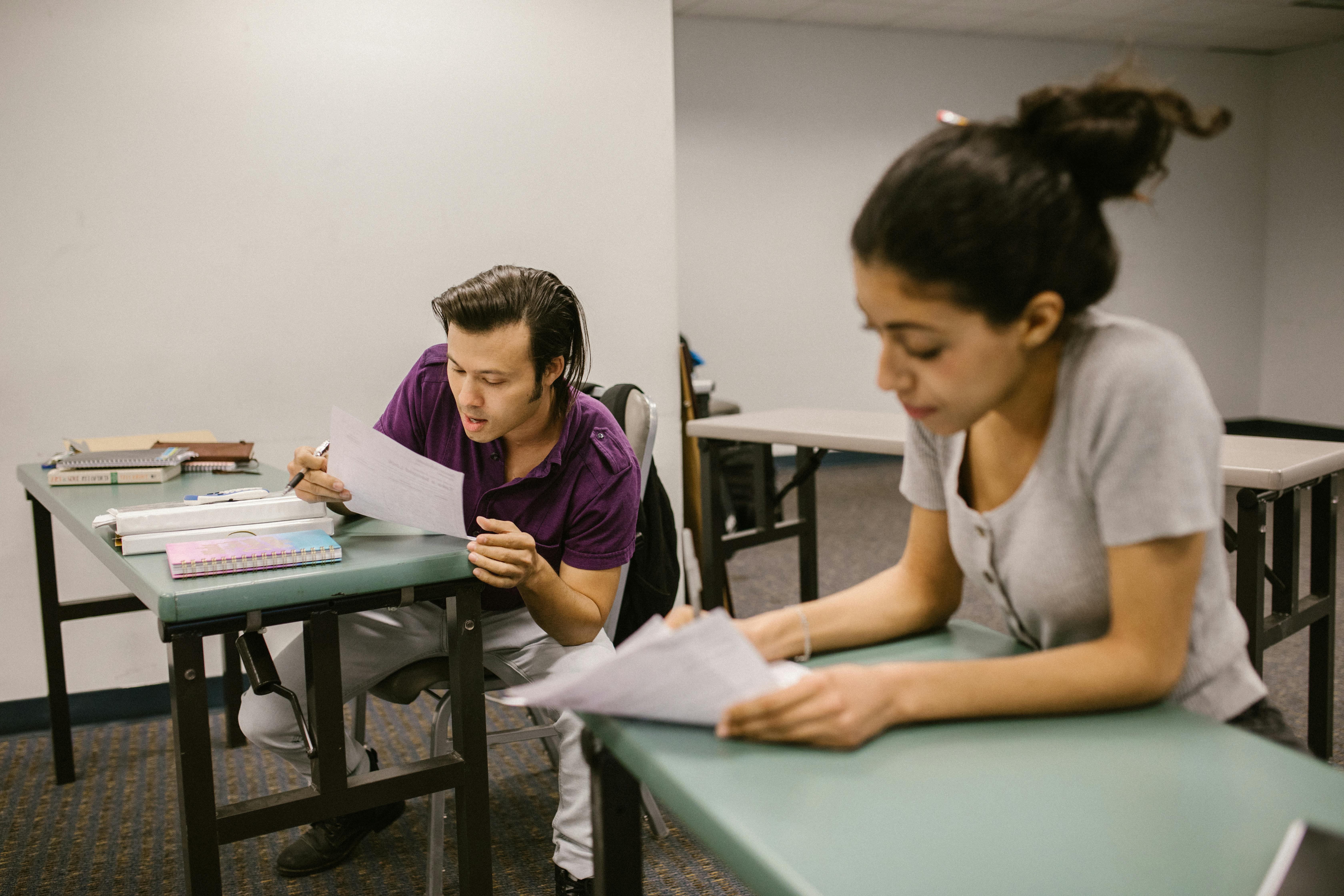
How to Properly Use a Sewing Machine: Essential Tips for Beginners in 2025
Embarking on your sewing journey can be both exciting and overwhelming, especially when it comes to using a sewing machine. While they may seem intimidating at first, sewing machines are powerful tools that can open up a world of creativity and craftsmanship for beginners and expert seamstresses alike. In this guide, we’ll help you understand the essentials of sewing machine operation. We’ll cover everything from setting up a sewing machine and threading a sewing machine to key sewing techniques and tips to ensure a safe and successful sewing experience.
Understanding the basics is crucial when learning how to use a sewing machine. With proper guidance, you can efficiently execute various sewing projects such as clothing, home décor items, and gifts for loved ones. By the end of this article, you’ll gain confidence in your abilities and learn how to navigate common challenges that arise while sewing. Let’s dive into the exciting world of sewing!

Essential Sewing Machine Basics for Beginners
To start your sewing journey, it's important to familiarize yourself with the basic functions and features of your sewing machine. Understanding these elements will enhance your sewing experience and help you tackle various projects with ease.
Understanding Sewing Machine Features
Each sewing machine is equipped with different features, which can vary widely depending on the model. Familiarity with your sewing machine's features is key to maximizing its usefulness. Typical features include adjustable stitch length, width settings, and a variety of stitch patterns. It's crucial to read your sewing machine instruction manual to understand what your particular machine offers.
Setting Up a Sewing Machine
Setting up your sewing machine should be your first task. Begin by placing it on a stable surface, ensuring that it has enough lighting. Next, plug in the machine, and familiarize yourself with the power switch and foot pedal. Make sure to keep your workspace organized to prevent accidents while sewing.
Threading a Sewing Machine
Threading your sewing machine correctly is essential for successful sewing. Begin by winding the bobbin according to your machine's instructions, paying attention to the thread type you choose. Once the bobbin is wound, follow the threading pathway to correctly thread the upper part of the machine. Practice this until you feel comfortable doing it efficiently.
Common Sewing Machine Accessories
There are several accessories that can enhance your sewing experience, including needles, presser feet, and various types of thread. Investing in quality accessories is essential, especially when starting. Understanding each accessory's function will help you select the right tools for your fabric and projects.

Threading a Sewing Machine and Bobbin Winding
Now that you've set up your sewing machine, let’s delve deeper into the processes of threading it and winding the bobbin, both fundamental skills for any sewing beginner.
Step-by-Step Bobbin Winding
Winding the bobbin correctly is crucial for smooth sewing. Begin by placing the spool of thread on the spool pin and pulling the thread through the tension disk. Make sure to set the bobbin in the bobbin winder as indicated, then engage the winder by pressing the foot pedal or start button. After about 5 seconds, check if the thread is properly wound.
Efficient Threading Techniques
Threading your sewing machine may seem daunting. However, once you understand the threading diagram usually printed on the machine or found in the manual, it becomes quite straightforward. Pull the thread down through the tension discs, around the take-up lever, and down to the needle. Use a needle threader as a helpful tool if your machine does not include a built-in one.
Troubleshooting Threading Issues
If you experience issues with your machine not sewing properly, it could be due to improper threading. Common problems include thread breaking or skipping stitches. Always double-check your threading and consult your machine's manual for troubleshooting steps to rectify any existing errors.
Using a Sewing Machine for Beginners
Once your machine is set up and properly threaded, you can begin sewing. It’s beneficial to start with simple sewing projects that allow you to practice various techniques and gain confidence.
Basic Sewing Techniques
Some of the fundamental sewing techniques every beginner should learn include straight stitching, zigzag stitching, and sewing curves. Familiarizing yourself with these techniques will prepare you for more complex projects as you advance. Start by practicing your stitches on scrap fabric to understand how different fabrics behave.
How to Sew Straight Lines
Sewing straight lines is a foundational skill for any beginner. To achieve this, set your machine to a straight stitch, and practice maintaining an even seam allowance as you sew. Use the edge of your presser foot as a guide to keep your stitching straight.
Adjusting Stitch Length and Tension
Adjusting the stitch length based on your fabric type and project is crucial for neat results. Refer to your sewing machine operation guide for recommended settings. Additionally, stitch tension plays an essential role in the quality of your stitching; ensure it's set appropriately to avoid puckering or loose stitches.
Sewing Projects for Beginners
With your machine skills in place, it’s time to embark on your sewing projects. Choosing the right projects can enhance your learning experience significantly.
Beginner Sewing Projects
Consider starting with easy projects such as tote bags or pillowcases. These projects allow you to practice various sewing techniques without overwhelming yourself. Aim to select sewing patterns that suit your skill level.
Sewing Patterns Explained
When opting for a sewing pattern, understanding the terminology associated with it will help. Each pattern typically includes instructions, fabric requirements, and difficulty level indications, allowing you to make informed choices regarding your projects.
Organizing Your Sewing Materials
A well-organized sewing space greatly enhances productivity. Consider using storage solutions that keep your materials accessible yet tidy. Label boxes for different fabric types, threads, and tools to simplify the process when starting a new project.
Maintaining Your Sewing Machine for Longevity
Proper maintenance of your sewing machine is essential to ensure its longevity and performance. Regular upkeep can help prevent common problems and enhance your sewing experience.
Sewing Machine Maintenance Tips
Make it a habit to clean your machine after every project thoroughly. Removing dust and lint can help your machine run smoothly. Additionally, periodically oiling moving parts can help maintain optimal performance based on your machine's manual recommendations.
Troubleshooting Sewing Machine Problems
Even the most diligent sewists can run into problems. Common issues include thread bunching or tension irregularities. Keep your instruction manual handy for troubleshooting guides and tips for resolving these problems efficiently.
Sewing Machine Care and Safety Tips
Safety is paramount, especially while using electrical devices. Always unplug your machine when not in use, and keep it away from water. Additionally, be mindful of the sewing needle's sharpness and learn how to handle the presser foot safely to avoid injury.
Conclusion: Embracing Your Sewing Journey
Learning how to use a sewing machine can be a fulfilling and rewarding experience. By mastering the basics and embracing various techniques, you can create beautiful projects that spark joy and creativity. Remember the essential tips outlined in this guide, and don’t hesitate to explore online resources, such as beginner sewing classes or sewing tutorials, to enhance your skills further. Now it’s time to grab your fabric and explore the endless possibilities sewing has to offer!